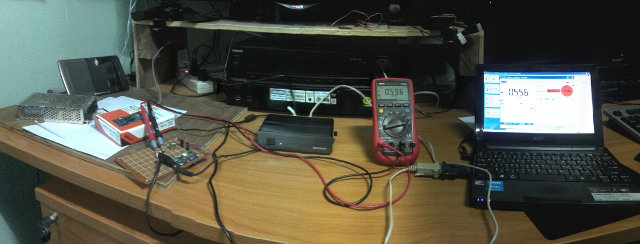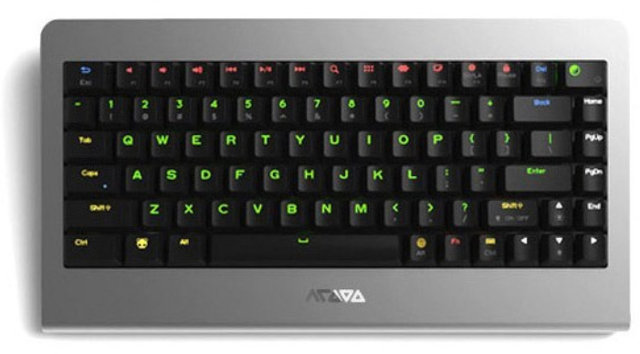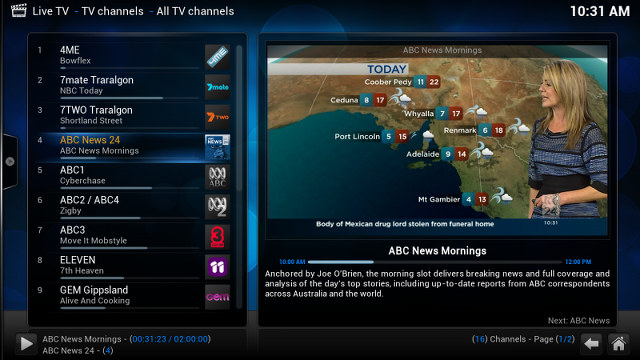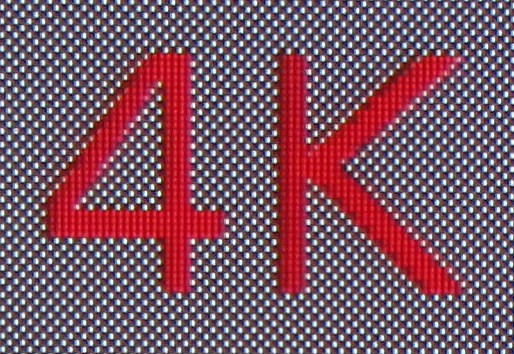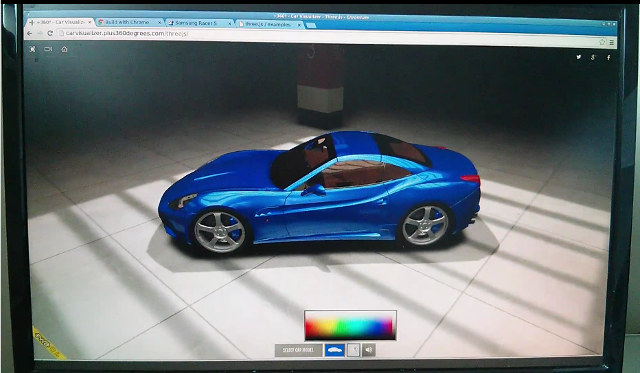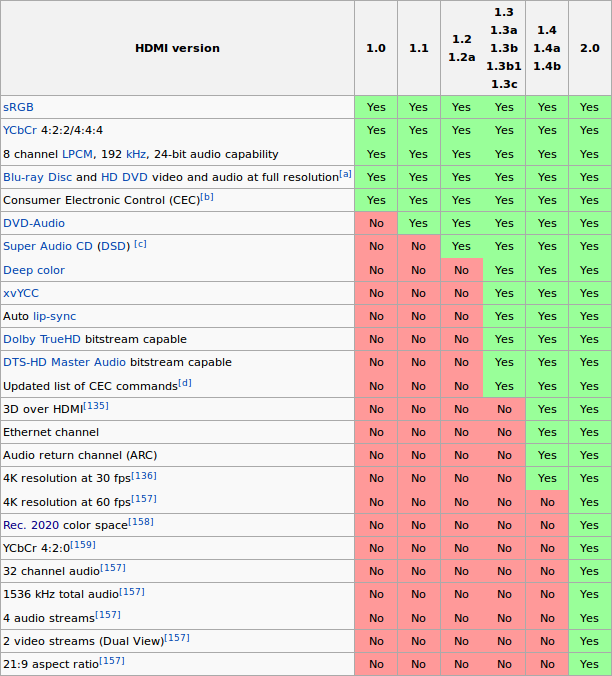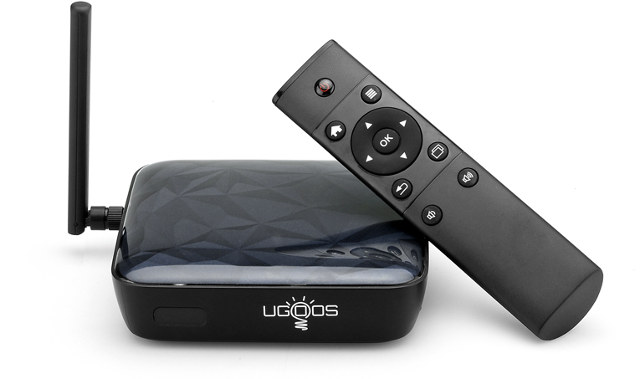The recent post comparing the power consumption of ODROID-C1 vs Raspberry Pi boards, as made me want to give another try at power consumption measurements. Regular reader already know I made a power measurement board and cables capable of hading different connectors (micro USB, mini USB, power barrels, etc..), but eventually it failed to deliver enough current to the boards for any meaning testing. But since I now have a better power supply, and multi-meter, it was worth another try, especially since I could draw some pretty charts. I decided to test the three most popular Chinese SoCs for mini PCs namely Amlogic S812 (4x Cortex A9), Rockchip RK3288 (4x Cortex A17), and Allwinner A80 (4x Cortex A15 + 4x Cortex A7) using respectively Eny M8S, Open Hour Chameleon, and A80 OptimusBoard. If you are paying attention, you must have noticed Allwinner A80 is not part of the title, that […]
Linux 3.19 Release – Main Changes, ARM and MIPS Architectures
Linus Torvalds released Linux Kernel 3.19 yesterday: So nothing all that exciting happened, and while I was tempted a couple of times to do an rc8, there really wasn’t any reason for it. Just as an example, Sasha Levin used KASan and found an interesting bug in paravirtualized spinlocks, but realistically it’s been around forever, and it’s not even clear that it can really ever trigger in practice. We’ll get it fixed, and mark it for stable, and tempting as it was, it wasn’t really a reason to delay 3.19. And the actual fixes that went in (see appended shortlog) were all fairly small, with the exception of some medium-sized infiniband changes that were all reverting code that just wasn’t ready. So it’s out there – go and get it. And as a result, the merge window for 3.20 is obviously also now open. Linus Linux 3.18 improved performance of […]
OneBoard PRO+ is an Android Mechanical Keyboard Powered by Rockchip RK3288 SoC
When Coolship keyboard computer was announced in 2013, it caught the attention of some people, but unfortunately the crowdfunding campaign was a disaster despite reaching their funding target, and few people, if any, ever received the device. But if you are a nostalgic and still would like a Commodore C64-like computer in a keyboard, a company call Acooo has designed OneBoard PRO+ based on Rockchip RK3288 processor and with a backlit mechanical keyboard housed in an aluminum case. OneBoard PRO+ specifications: SoC – Rockchip RK3288 Quad Core Cortex A17 up to 1.8GHz with ARM Mali-T764 GPU supporting OpenGL ES1.1/2.0/3.0, Open VG1.1, OpenCL, DirectX11 System Memory – 2GB DDR3 Storage – 16 GB eMMC flash + SD card slot up to 32GB Keyboard – 83-keys QWERTY keyboard with backlit keys made of ABS plastic Video Output / Input – HDMI output, DVI input Audio Output / Input – HDMI, 3.5 mm […]
Kodi DVB and PVR Support on Android (Rockchip RK3288)
XBMC/Kodi for Android has come a long way, but it’s still missing some features of Kodi Linux, such as Live TV (DVB) and video recording (PVR) function that so far could only be supported in Linux port of Kodi such as OpenELEC linux distributions, simply because PVR backends such as TVHeadend were not available for Android. So what’s TVheadend is exactly and what features does it bring? It’s an open source TV streaming PVR backend software application for Linux supporting DVB-S/S2, DVB-C, DVB-T/T2, ATSC, IPTV (UDP/HTTP), and Analog video (V4L) as input sources. Version 3.4 also adds support for time-shifting. Now the good news is that Freaktab user’s Taki has posted instructions to install TVHeadend server for RK3288. So if you have a compatible USB Tuner, you should be able to watch live TV on your Rockchip RK3288 based TV box. After the server is installed, you’d also need to […]
4K Output and Video Playback Capability Tested on 6 ARM based mini PCs and Boards
Since I’ve now got a 4K TV, I’ve decided to test 4K support for six different platforms based on Rockchip, Allwinner, Amlogic, Realtek, HiSilicon, and Mstar processors. For all these platforms I’ll report HDMI 4K output options, user interface resolution, and take close up pictures of the screen while displaying a 4K 1×1 grid picture and video with the image players, and video players such as MX Player or XBMC depending which are available in the firmware. Test Setup and Procedure I’m using LG 42UB820T 42″ UltraHD television with an HDMI cable connected to HDMI 1 port of the TV. Please note that my TV only support 8-bit color depth / YCbCr 4:2:0 which may cause compatibility issues with some boxes, at least the ones based on RK3288 processor, for 2160p 50Hz or 60Hz mode. I’ll take close-up pictures of the screen with a Canon PowerShot A2300HD camera by holding […]
Linux 3D GPU Acceleration Demo on Rockchip RK3288 based Firefly Board
Several devices and development boards based on Rockchip RK3288 processor already support Linux, usually with images based on Ubuntu, including Ugoos UM3 / UT3, Open Hour Chameleon, and Firefly-RK3288 among others. What these images lack however, is support for 2D and 3D graphics acceleration with the GPU, and hardware video decoding/encoding with the VPU. But Jas-hacks has made some progress with 3D graphics support. He has managed to add GPU acceleration via EGL/OpenGL ES bringing 3D acceleration to the platform, but 2D support is not there yet, meaning X11 still heavily relies on software rendering. But the implementation is still good enough to run the usual es2gears and glmark2-es2 benchmarks. as well as some WebGL demos in Chromium. Performance is currently underwhelming, with 50 points in glmark-es2, even a bit lower than the score (54 points) I got with ODROID-X board powered by Exynos 4412 SoC with a Mali-400MP4 GPU, […]
All HDMI 2.0 Implementations Are not Equal
One of the key changes between HDMI 1.4 and HDMI 2.0 is support for up to 4K @ 60Hz instead of just 4K @ 30Hz, and at first, I thought an HDMI 2.0 capable device would be compatible with HDMI 2.0 TV, and it did not need to look into details. I was wrong. There’s a nice table in Wikipedia that explains the main differences between HDMI 1.4 and HDMI 2.0 and older versions. Other features include YCbCr 4:2:0 (That’s the important bit), Rec. 2020 color space, 32 channel audio, 21:9 aspect ratio, and more. By the way, there’s no such thing as an HDMI 2.0 cable (Source: straight from the horse’s mouth), so if you have a cable that support 4K30, it will work with 4K60 as well. Does HDMI 2.0 require new cables? No, HDMI 2.0 features will work with existing HDMI cables. Higher bandwidth features, such as […]
Ugoos UT3S is an Update to UT3 Android & Ubuntu TV Box with a Fan
Many people like ARM based media player because most of them run Android providing access too many apps available via Google Play Store, a similar experience to what they got used with phones and tablets, and also because they are small, inexpensive, and fanless. However, the latest ARM processors such as Rockchip RK3288, can get really hot, so most of the time CPU frequency needs to be limited to avoid overheating and stability, which reduces performance. Which may be why, Ugoos decided to launch UT3S mini PC, an upgrade to UT3 mini PC with a mini Fan placed on top of a larger heatsink. Ugoos UT3S specifications and look remain very similar to the original model: SoC – Rockchip RK3288 quad core CortexA17 @ 1.80 GHz + Mali-T764 GPU with support for OpenGL ES 1.1/2.0 /3.0, and OpenCL 1.1 System Memory – 2GB to 4GB DDR3 Storage – 16GB or […]


